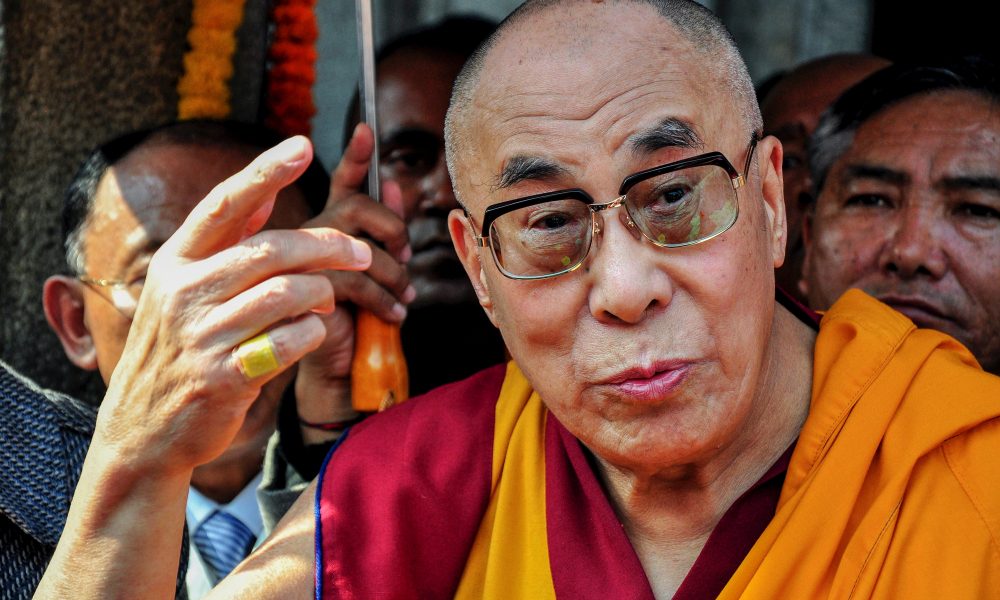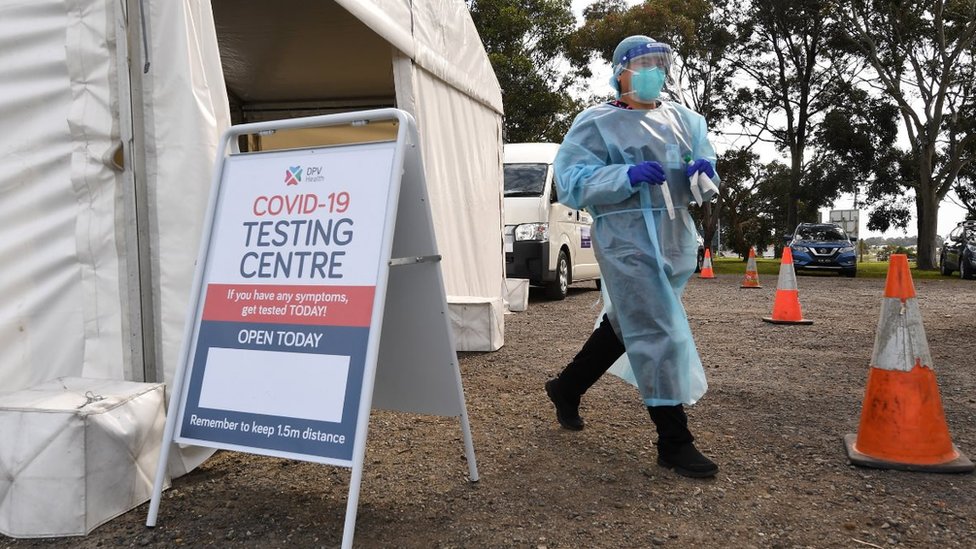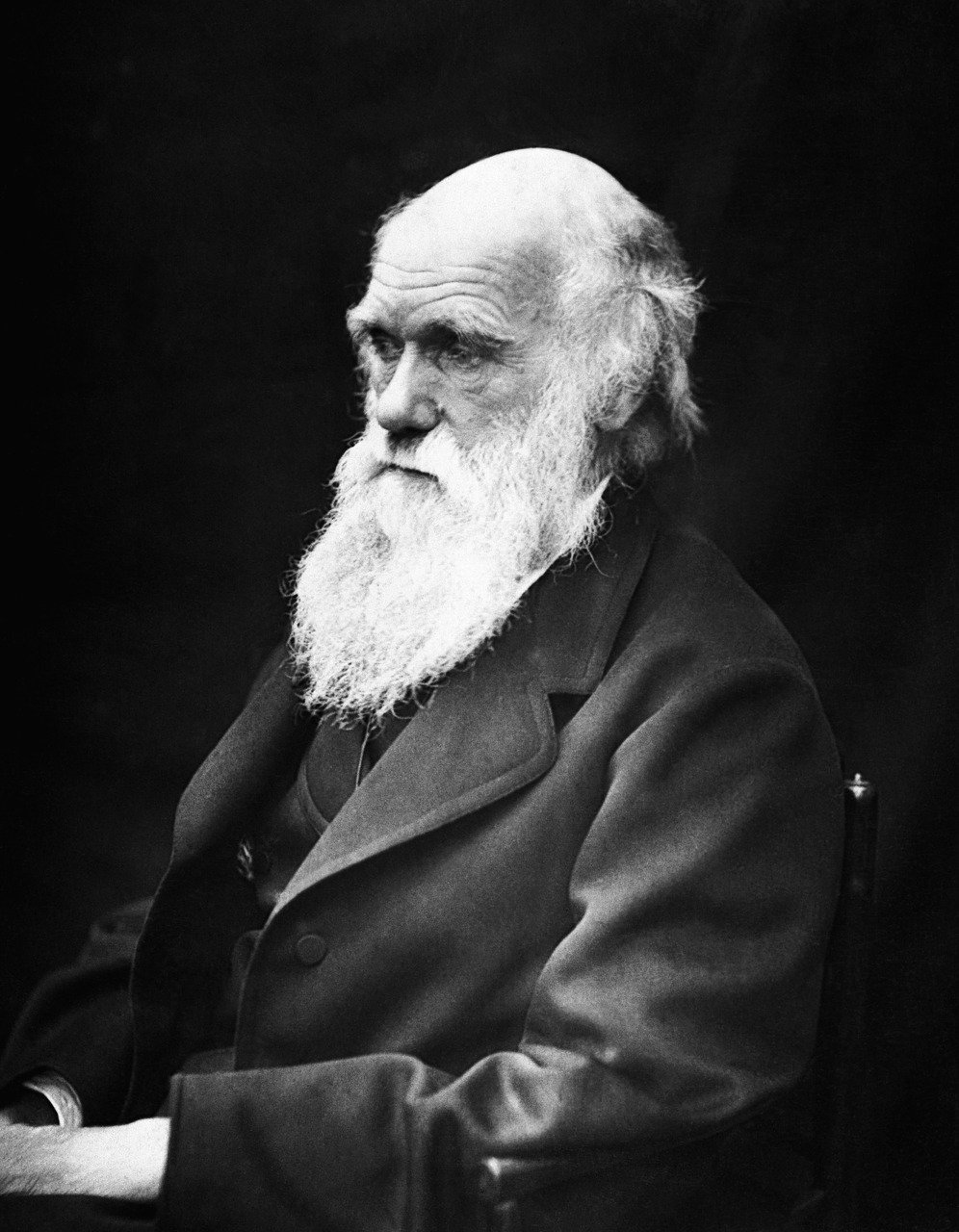Ten years ago, the Dalai Lama fixed himself a significant deadline.
The prominent living Buddhist figure in the world stated that when he turned 90 years old, he would choose whether he should be reincarnated. This would probably end a significant role in Tibetan Buddhism for more than 800 years, but it has become a political scapegoat in China in the last few decades.
While the 14th Dalai Lama, real name Tenzin Gyatso, is reputedly still in perfect health, he is now 85 years old, and questions over his lineage are growing, along with the anticipation that his death could start a religious crisis in Asia.
After a failed revolt against Tibet’s Chinese occupation in 1959, the Dalai Lama escaped to India where he started a government-in-exile in Dharamshala, Himachal Pradesh—leading thousands of Tibetans who came after him there. Although the Dalai Lama had initially hoped his exile would only be short-term, China’s control over Tibet has only hardened, making a return is improbable anytime soon.
Since 1974, the Dalai Lama has continuously said he does not look for independence from Beijing for Tibet, but a “meaningful self-reliance” that would empower Tibet to preserve its heritage and culture.
Over the last decade, the Dalai Lama has suggested some alternatives for his reincarnation, including choosing a new successor in India and not in Tibet. He has even considered the idea of a woman taking on the role.
A research student at the Dharamshala-based Tibet Institute, Tenzin Tseten said the Dalai Lama was of great importance to the Tibetan people and a figure of their “identity and nationalism.” “The Tibetan citizens will never respect a CCP-appointed Dalai Lama.”




